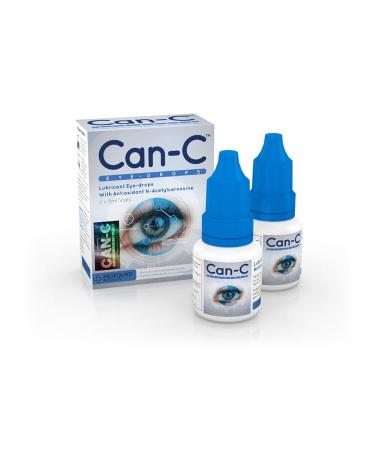NETWORK DISCOVERY Quickly view all the networks present in the environment and see critical parameters for each one, including signal level, signal/noise ratio, security type, and number of access points. Find common issues such as mixed security types, poor signal coverage, or lack of secondary AP coverage. Sort or filter by any parameter, then drill into greater detail on any network, including 802.11 types supported, number of connected clients, channels, and more. From the network details page, drill into a list of APs or clients on the network. | ACCESS POINT DISCOVERY Quickly view all the APs present in the environment and see critical parameters for each one, including signal level, signal/noise ratio, security type, and channel. Find common issues, such as incorrect security type, poor signal coverage, or incorrect channel. (Figure 3) Sort or filter by any parameter, then drill into any AP to set its authorization level and see more details, including number of connected clients, supported rates, 802.11n/ac/ax capabilities and more. From the AP details page, drill into a list of connected clients, or the channel on which the AP operates, to verify any channel utilization or co-channel interference problems. From here you can also use a locator tool to find an AP, set Access Control status (ACL), or you can perform a packet capture. | NETWORK CONNECTION TESTS Verify network availability and access to critical services by connecting to a network (SSID) or AP with a single touch on the Connect button. Key test steps include: • Associate with AP • Request and receive an IP address from a DHCP server • Ping the default gateway and DNS servers for availability • Perform a ping or TCP port test on up to ten network targets • Conduct ongoing signal level, signal/noise ratio, and retry rate measurements Once connected to a network, perform a roaming test to validate that roaming is enabled on the network, or run an iPerf performance test to verify throughput capabilities on the network. | CHANNEL UTILIZATION AND INTERFERENCE Quickly determine if channels are over-utilized with Wi-Fi traffic and/or with non-Wi-Fi interference and noise. You can also gain visibility on the level of Wi-Fi traffic and interference over the last 60 seconds on a selected channel, as well as, the access points, clients, and interferers using this channel. Drill into details and detect devices that can cause interference, such as, microwave ovens, wireless game controllers, Bluetooth devices, Zigbee devices, and wireless video camera. |













